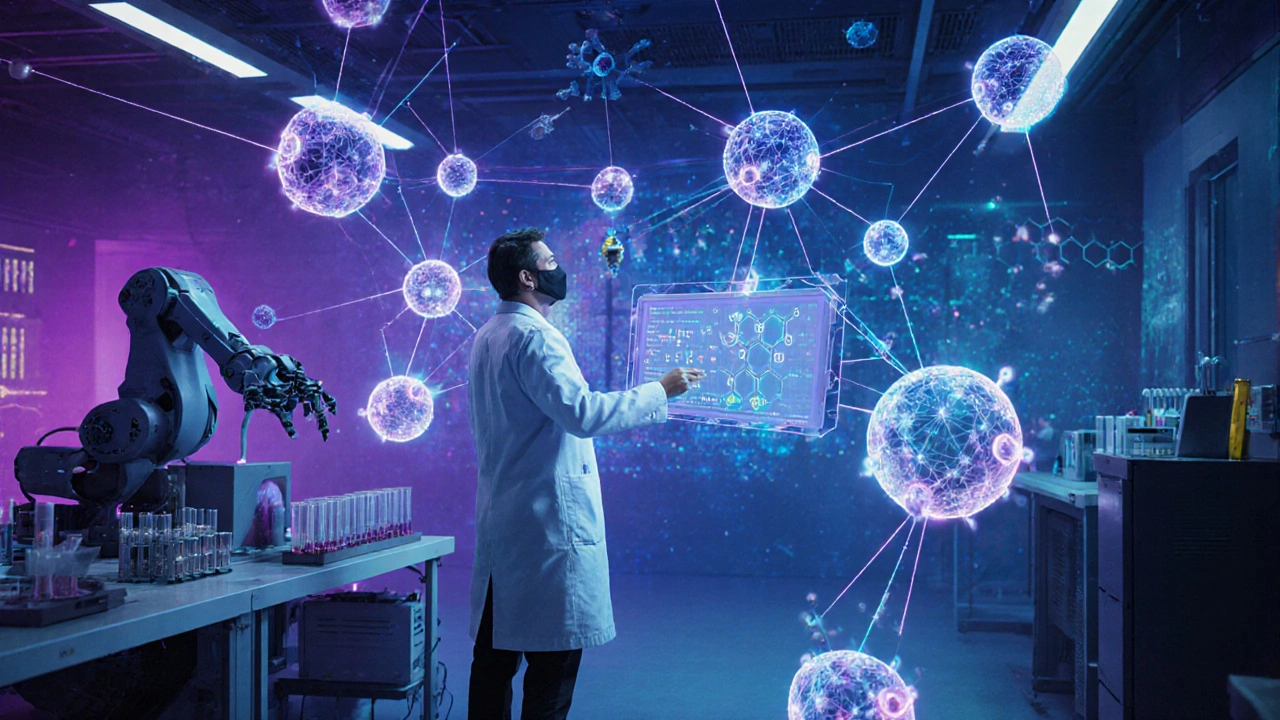AI in Drug Discovery: How Artificial Intelligence Is Speeding Up New Medicines
When we talk about AI in drug discovery, the use of artificial intelligence to identify, design, and test new pharmaceutical compounds. Also known as AI-powered drug development, it’s no longer science fiction—it’s saving lives by slashing years off the time it takes to bring a new medicine to market. Before AI, finding a single viable drug candidate could take over a decade and cost more than $2 billion. Now, companies are using machine learning to scan billions of molecular structures in days, not years.
Machine learning for medicine, a subset of AI that trains models on vast biological datasets to predict how molecules will behave in the human body is at the heart of this shift. Tools like AlphaFold from DeepMind can now predict protein folding patterns with near-perfect accuracy—something that took scientists decades to crack manually. This lets researchers spot which proteins are likely targets for new drugs and which compounds will bind to them effectively. Drug development, the entire process of creating a new medication from idea to clinic used to rely on trial-and-error lab work. Now, AI filters out the dead ends before a single test tube is filled, letting scientists focus only on the most promising leads.
Big pharma isn’t the only one using this. Startups are building AI models trained on public research data to find treatments for rare diseases that big companies ignore because they’re not profitable. One company used AI to find a new drug for a fatal childhood disorder in under 12 months—something that normally takes 10 years. Another helped identify an existing diabetes drug that could also treat Parkinson’s, saving millions in R&D costs. These aren’t theoretical wins. They’re happening right now, in labs from Boston to Bangalore.
It’s not just about speed. AI helps avoid costly failures. Over 90% of drugs that enter clinical trials fail—not because they’re unsafe, but because they don’t work as predicted. AI spots these red flags earlier by modeling how drugs interact with human biology at a cellular level. It also helps design molecules that are easier to manufacture and more stable in the body. This means fewer side effects, lower costs, and faster approvals.
What you’ll find below is a curated collection of posts that show how this works in practice: the tools being used, the real-world breakthroughs, and the simple ways even small teams can start using AI to tackle health challenges. No jargon. No hype. Just clear examples of how AI is changing medicine—one molecule at a time.

